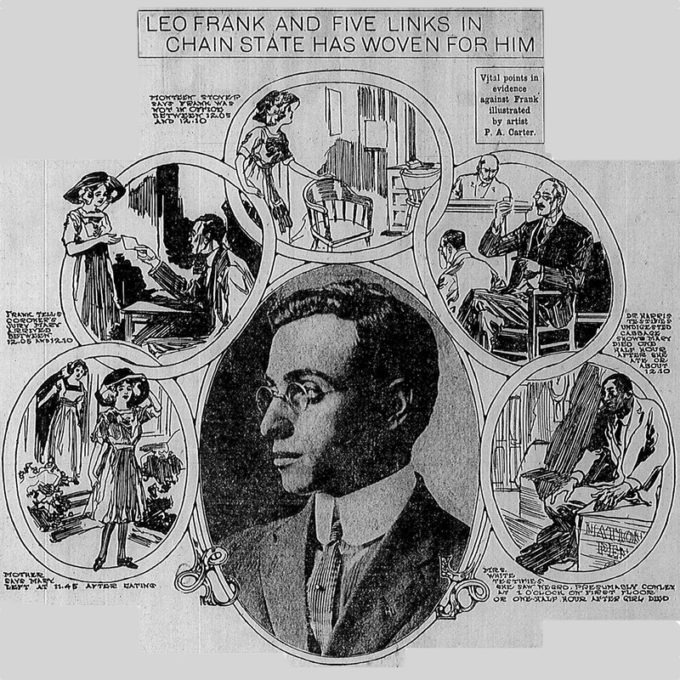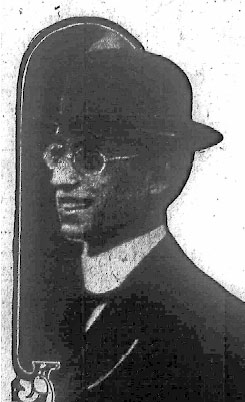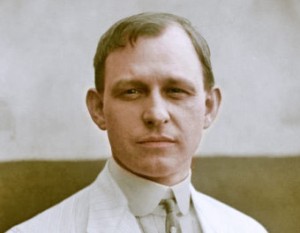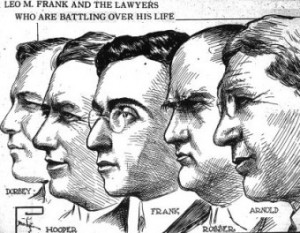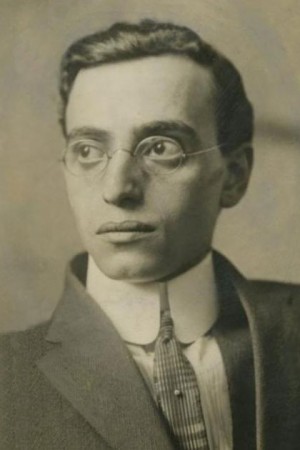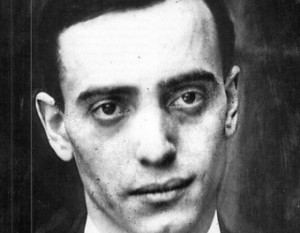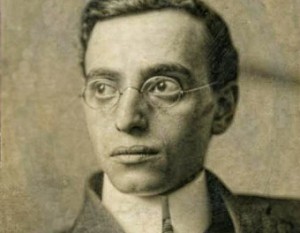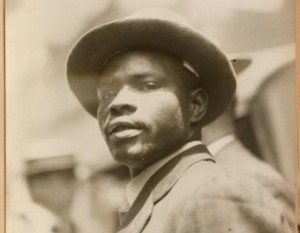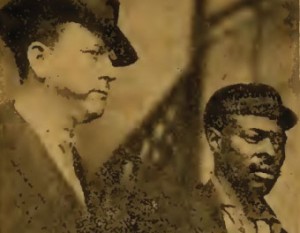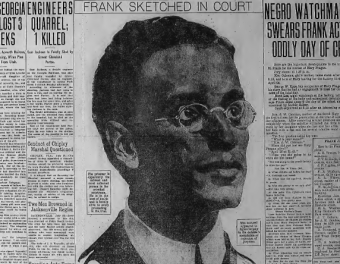by Philip St. Raymond
WE ARE very pleased to present here a new American Mercury video based on the widely reprinted 2013 Mercury article by Bradford L. Huie, 100 Reasons Leo Frank Is Guilty, and using the audio book read by Miss Vanessa Neubauer as its basis. The article was written for our centenary retrospective of Mary Phagan’s 1913 murder. It provides in cinematic form an assessment of the Leo Frank case — perhaps the most amazing and intriguing murder mystery in American history — that simply cannot be found in the controlled media.
This ultra-high-resolution video is freely available to download so that you may keep it on your personal hard drive and re-upload it to video sharing platforms.
Today, the noose of censorship is being pulled ever-tighter by a media/government complex that is desperate to keep its lies and its crimes hidden from the public. Thus this video — exposing one of the first major operations on American soil of that complex — is very timely and important today. The American Mercury is proud to, once again in our 97-year history, bear witness to the truth.
* * *
Source: The American Mercury

